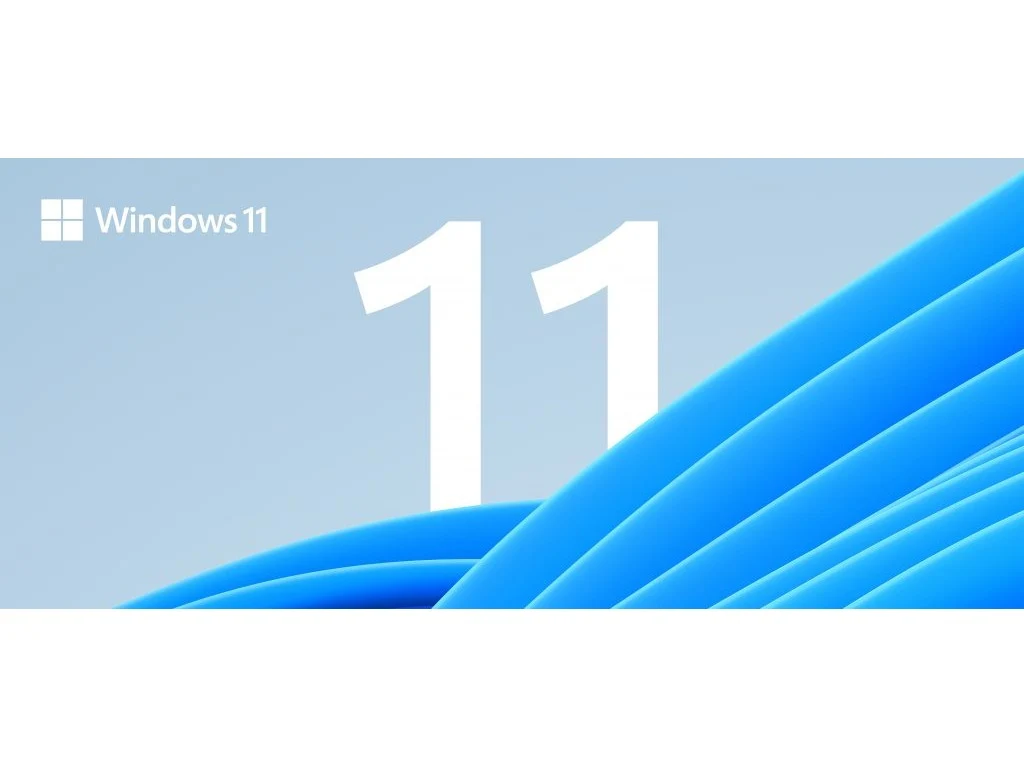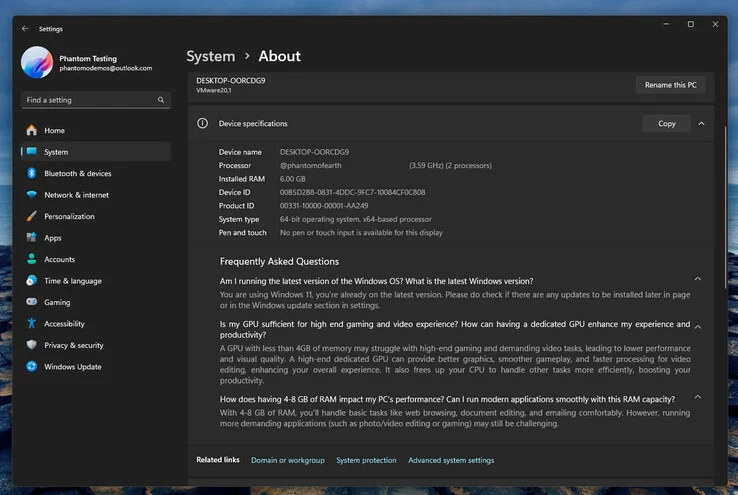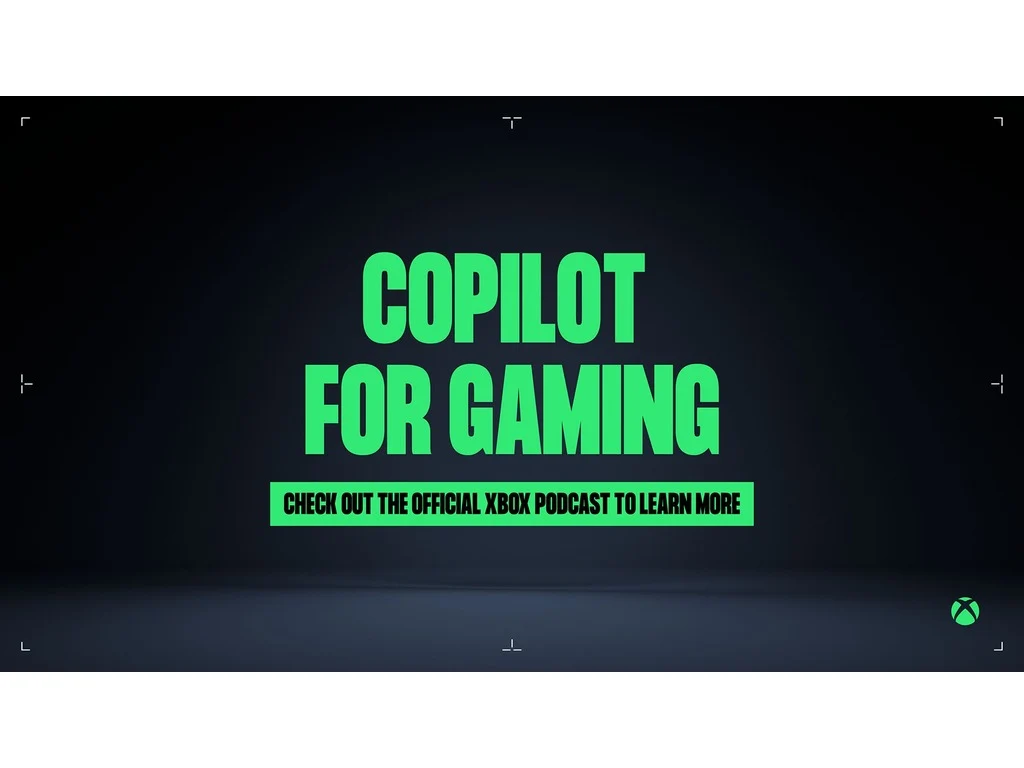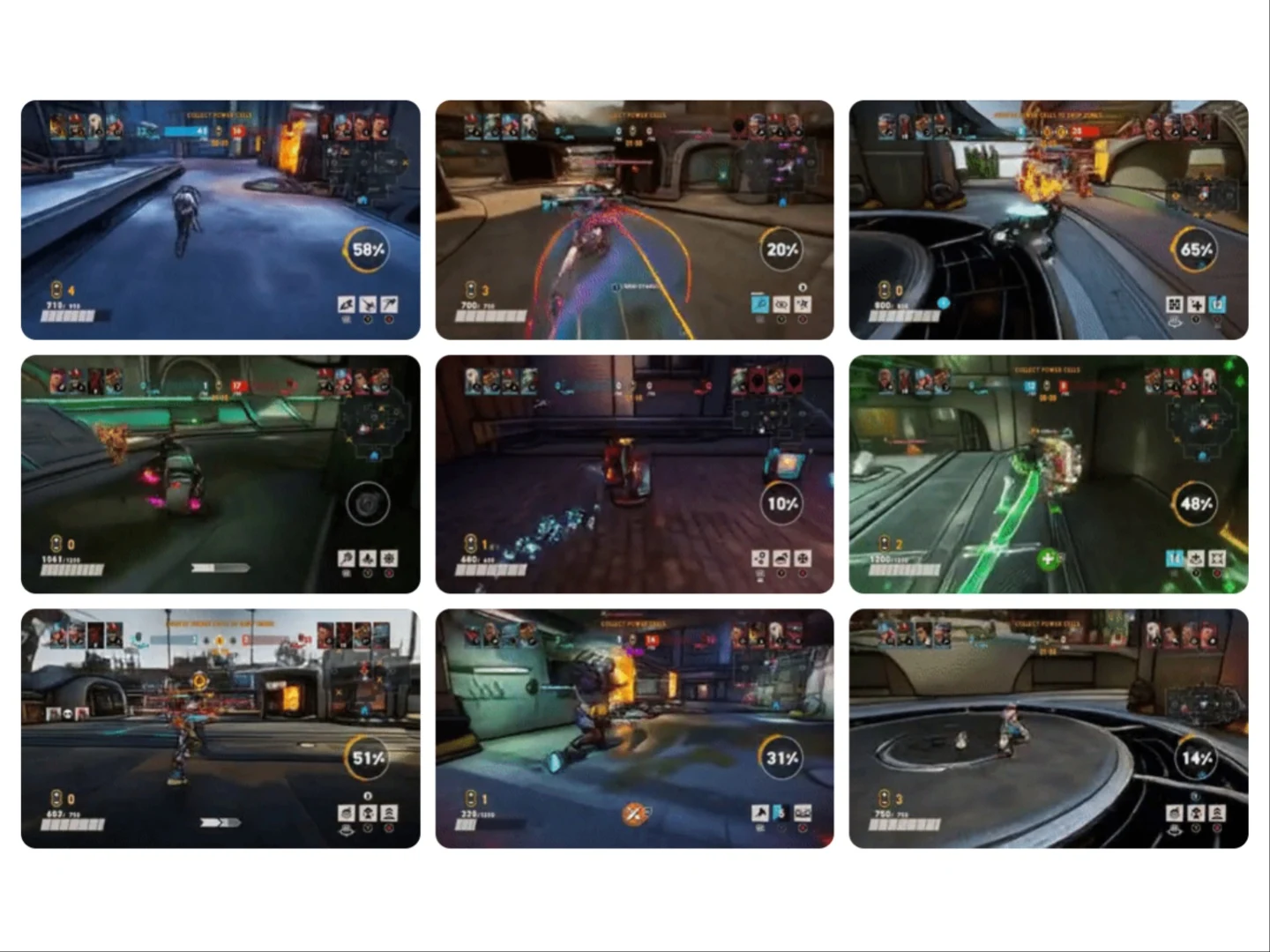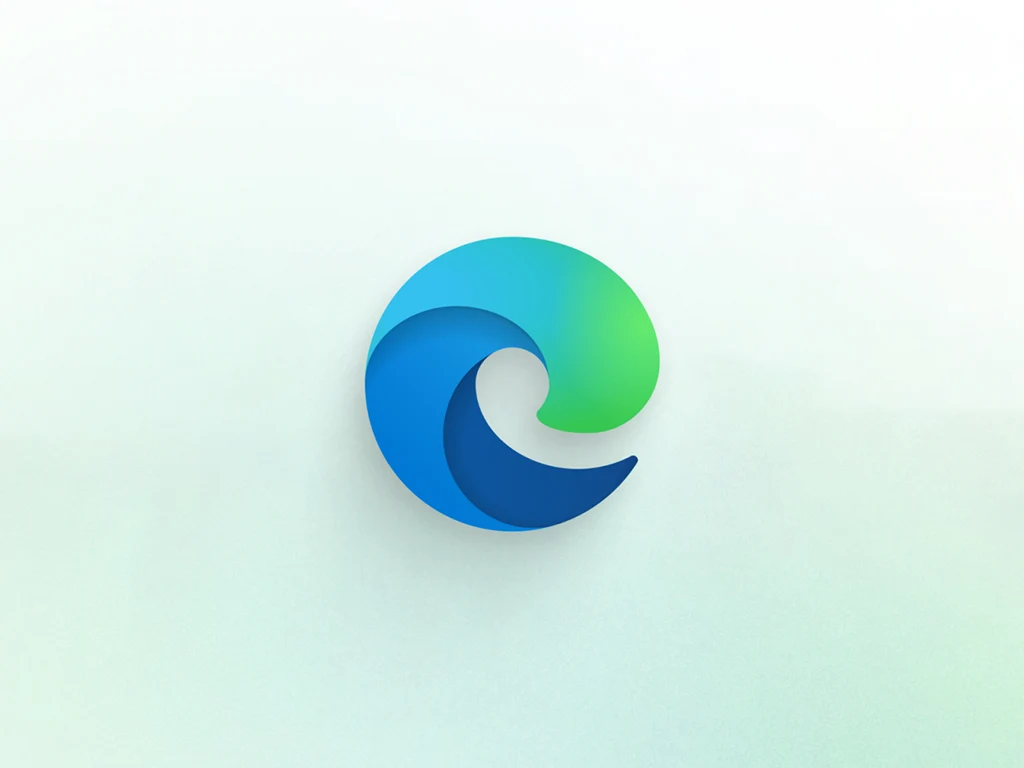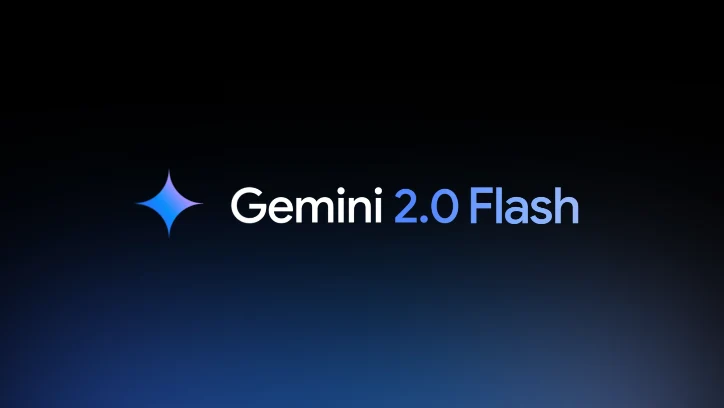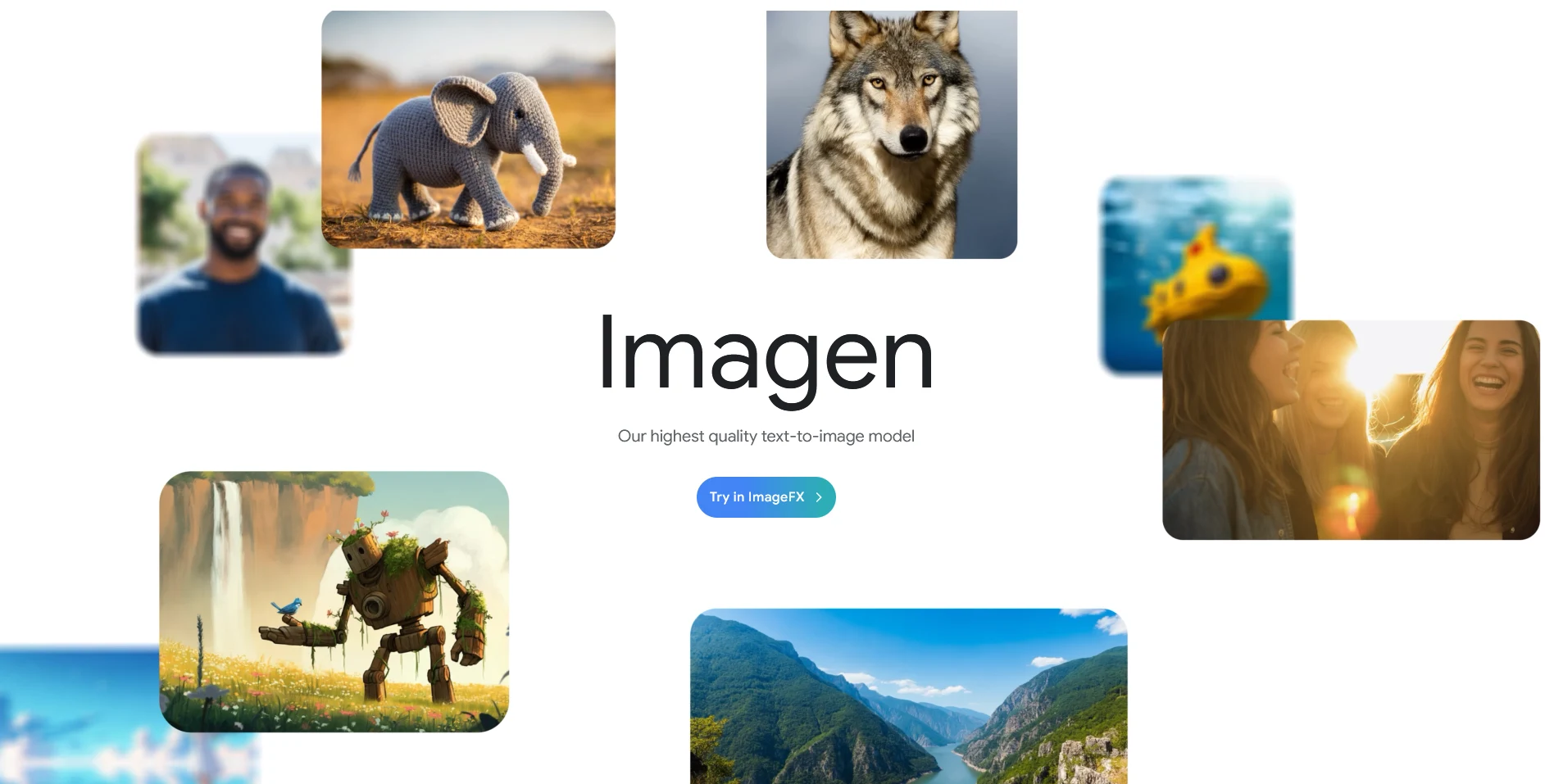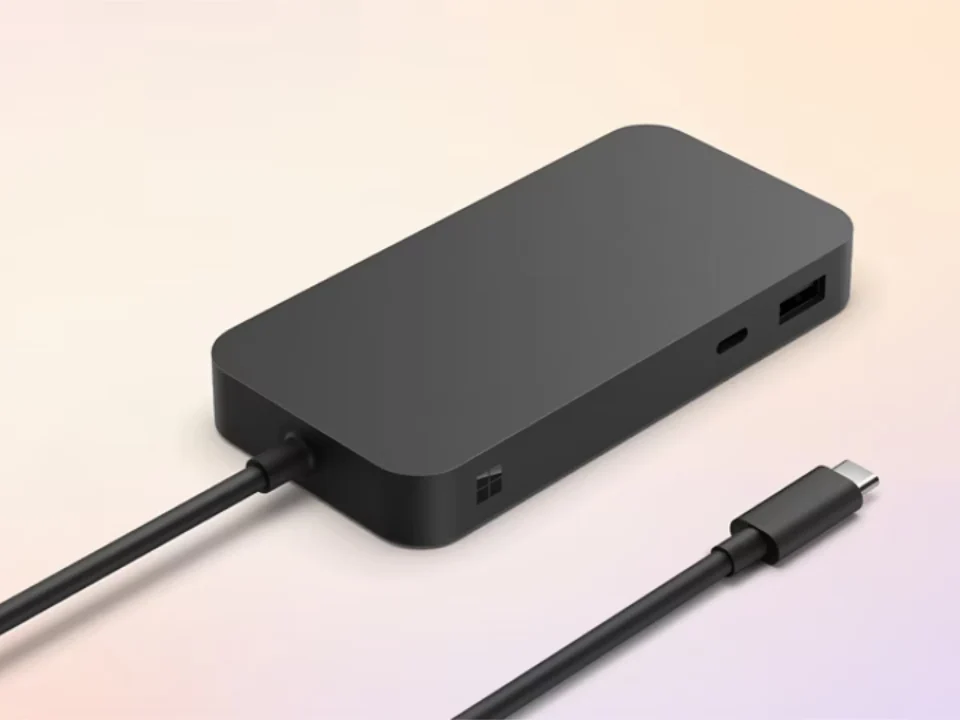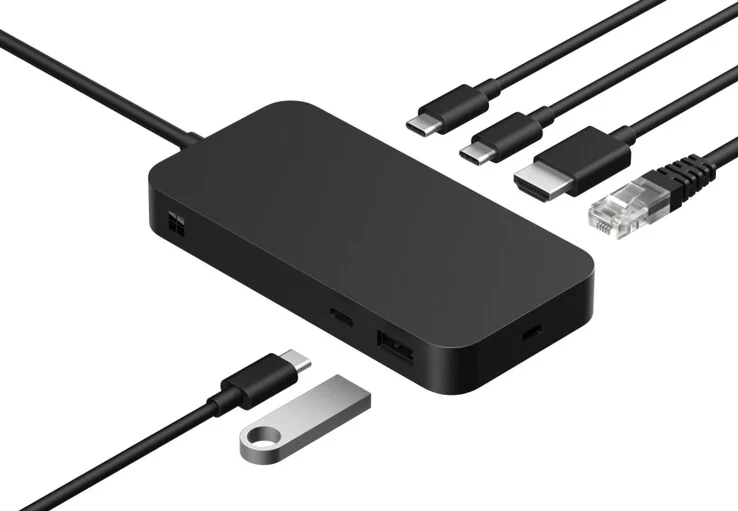Key Takeaways
1. Microsoft is working on a Windows 11 update (likely called 25H2) to fix issues like USB printer glitches and a bug in factory resetting.
2. The update will improve the “About” section in settings to show hardware details like CPU type and memory size.
3. A new virtual keyboard mode will mimic a gamepad layout, aiding touchscreen users, especially on Surface tablets.
4. New features will be rolled out gradually, unlike immediate bug fixes.
5. The anticipated launch for the update is between September and October 2025.
The software company from Redmond is hard at work on a fresh update for Windows 11, with some information already shared. One of the key fixes includes addressing a frustrating problem where USB printers using the IP printing feature would randomly print a page with text. Currently, the update hasn’t been given an official code name, but following the usual naming pattern, it’s probable that it will be referred to as 25H2.
Fixes and Improvements
As per the official statement, Microsoft plans to tackle multiple issues. Besides fixing the printer glitch, they will also resolve a bug that arises when resetting Windows 11 to factory settings. This bug is found in build version 26200, but it mistakenly shows as 26100.
New Features on the Horizon
Alongside these fixes, Microsoft is introducing new features as well. In the updated “About” section of the settings, users will be able to see crucial hardware details such as the CPU type and memory size. Microsoft mentions that this feature aims to give new users a quick snapshot of their hardware capabilities.
Another highlight is the introduction of a new mode for the virtual keyboard, which can now mimic a gamepad layout. This could especially help users with Surface tablets, which are frequently utilized through their touchscreen.
Rollout Timeline
However, unlike the bug fixes, these new features are not likely to be available right away. They will be rolled out gradually over time. Windows Latest is also pondering whether this update will be a completely new platform (codenamed Selenium) or an enhanced version of 24H2 (codenamed Germanium).
Given previous update schedules, it’s anticipated that Windows 11 25H2 might launch between September and October 2025.
Source:
Link


